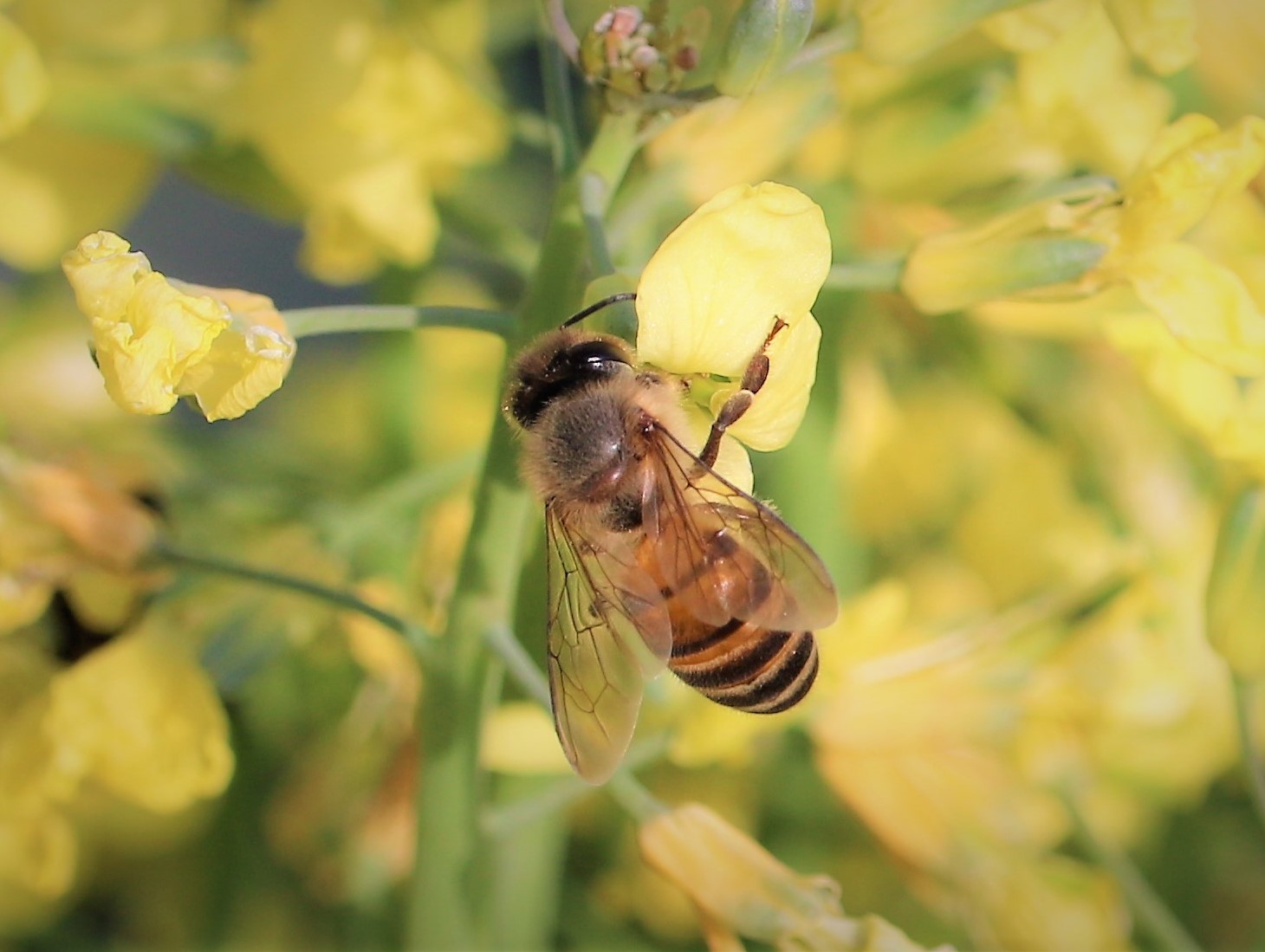Asian Honey bee
Species
Families
Local Names
Genus
Native/Introduced
DNA Barcode
Description
Asian Honey bee
Apis cerana, the eastern honey bee, Asiatic honey bee or Asian honey bee, is a species of honey bee native to South, Southeast and East Asia. This species is the sister species of Apis koschevnikovi and both are in the same subgenus as the western (European) honey bee, Apis mellifera. A. cerana is known to live sympatrically along with Apis koschevnikovi within the same geographic location. Apis cerana colonies are known for building nests consisting of multiple combs in cavities containing a small entrance, presumably for defense against invasion by individuals of another nest. The diet of this honey bee species consists mostly of pollen and nectar, or honey. Moreover, Apis cerana is known for its highly social behavior, reflective of its classification as a type of honey bee.
The terms Apis cerana indica and Apis Indica or Indian honey bee, is an historic term, with all Asian hive bees now referred to as Apis cerana.
Defense
As the Vespine wasps approach the entrance to the honey bee nest, more guard bees are alerted, which in turn increases their probability of being killed by heat-balling bees. Heat balling is a unique defense system in which several hundred bees surround the wasp in a tight ball and vibrate their muscles in an effort to produce heat and effectively kill the wasp inside. Alternatively, however, in the presence of a wasp, the bees may also just withdraw into their nests and await the heat-balling circumstances to develop naturally. Furthermore, other bees may just decide to fly away as an evasive measure in times of conflict, often altering their specific flight styles in order to avoid predation.









































































































































